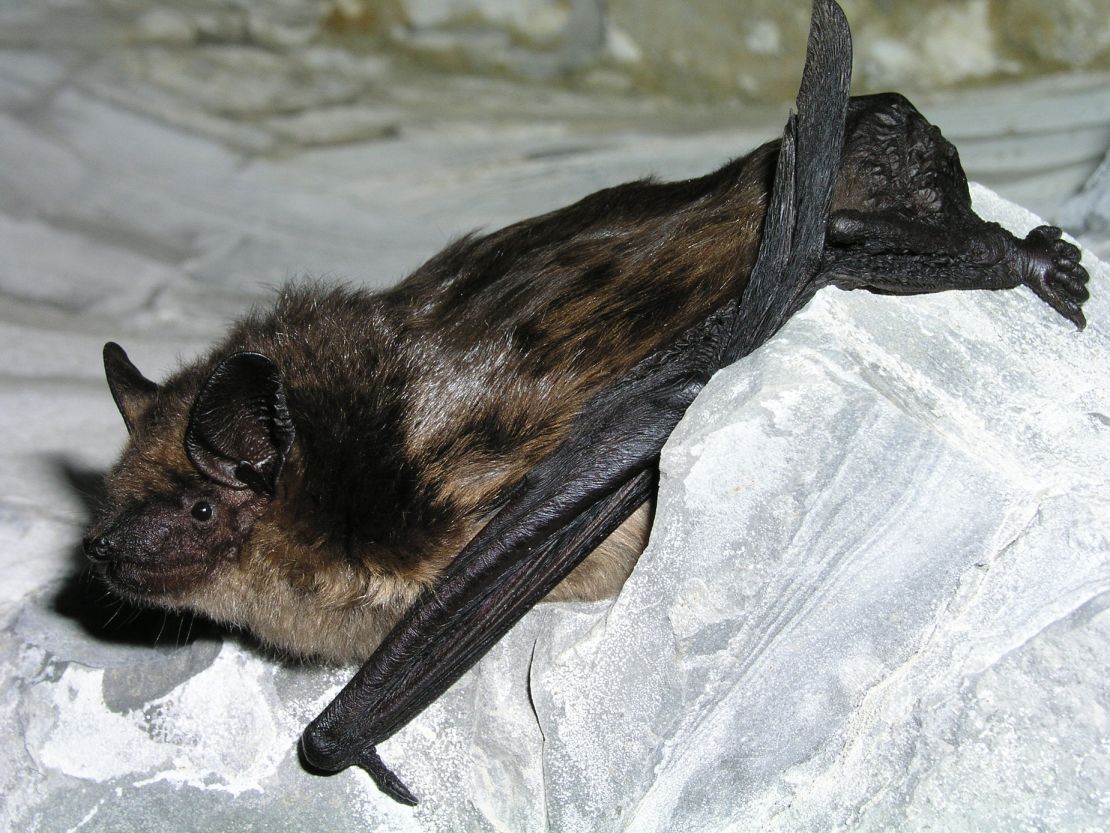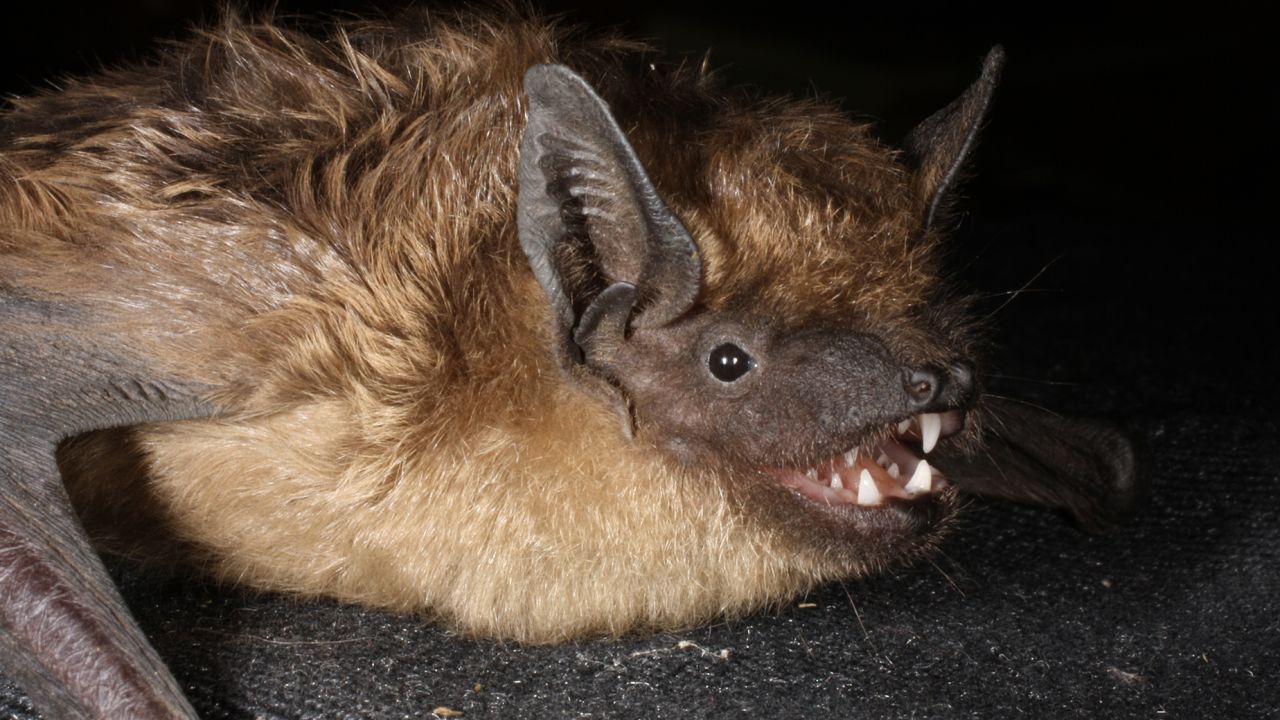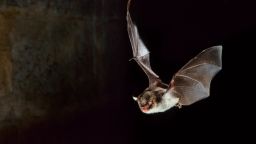Sign up for CNN’s Wonder Theory science newsletter. Explore the universe with news on fascinating discoveries, scientific advancements and more.
Bats have long been the odd ones out among mammals.
They are the only creatures in this branch of the animal kingdom capable of powered flight. Now researchers say they have discovered another unique trait, with video revealing that the serotine bat may be the first mammal known to mate without using penetration.
Also known by the scientific name Eptesicus serotinus, serotine bats mate by touching their genitals together. The male bat uses its penis more like an arm to move a protective membrane away from the female bat’s vulva, according to a study published Monday in the journal Current Biology.
Bats have “incredible” reproductive biology that has been difficult to study given the nocturnal and secretive nature of many bat species, said study coauthor Nicolas Fasel, a bat specialist at the University of Lausanne in Switzerland.
“Most of the time you’ll see their backs on the wall, and you don’t see what’s really happening in front,” he said.
However, thanks to the efforts of a Dutch bat enthusiast who set up 18 video cameras in a church in the Netherlands that was home to a roosting colony of serotine bats, Fasel and his colleagues were able to analyze 93 mating events in detail. Video of an additional four mating events involving the same species came from collaborators at a bat rescue and rehabilitation center in Ukraine.
“You can really see the copulation and see that the penis is not going inside,” Fasel said.
The footage showed that half of the recorded mating episodes lasted less than 53 minutes, while on one occasion a pair of bats stayed together in a copulative embrace for more than 12 hours. The behavior is similar to a “cloacal kiss,” a way of mating used by many birds.
What Fasel and his colleagues observed on the videos may solve a long-standing puzzle about the reproductive biology of this species of bat, and others in the same family.

Mismatched genitalia
The male bat’s penis is around seven times longer than its female counterpart’s vagina, and it has a heart-shaped head that is seven times wider than the vaginal opening. These are features that appear to make penetrative sex difficult, if not impossible, Fasel noted.
Teri Orr, an assistant professor and specialist in bat reproductive systems at New Mexico State University, said she was initially “astonished” to see that males may be using their genitalia as a “copulatory arm” and “maybe transferring sperm much as birds do.” Orr was not involved with the study.
“Bats use their uropatagia (tail membranes) in many unique ways such as fishing nets, to catch pups during birth and so forth and thus they are useful in many ways but perhaps an impediment during mating,” Orr said.
“I agree that the male of this species may use his genitalia to navigate the female’s tail but there are some key things to be sorted out,” she added via email. “For one: how is the sperm transferred exactly and for another what is the female doing in this pair?”
The behavior of the serotine bat reported in the paper is “bizarre and unique” if true, said Alan Dixson, a biology professor at the Victoria University of Wellington in New Zealand and the author of the 2021 book “Mammalian Sexuality: The Act of Mating and the Evolution of Reproduction.” However, in his view, the researchers hadn’t provided sufficient evidence to support their unusual claim, added Dixson, who also was not a part of the study.
‘Open question’
Study coauthor Susanne Holtze, a senior scientist at the Leibniz Institute for Zoo and Wildlife Research in Berlin, acknowledged that they had not been able to definitively prove the transfer of sperm from male to female bats and said that will be a focus of future research.
“It’s a bit of an open question how their semen really gets into the female reproductive tract. It might be that there’s kind of suction involved. We cannot fully answer this mechanism,” she said.
Holtze, who specializes in assisted reproduction in animals, said that the information they uncovered during the study would help with her work to come up with a way to artificially inseminate bats.
“There are more than 1,000 species of bats, and many of them are also endangered, she said. “So far, no sufficient strategy for assisted reproduction has been established.”
Orr, the bat specialist at New Mexico State University, said the study would inform her lab’s work on bat reproduction and whether the unusual reproductive behavior has any implications for understanding human infertility.
“Bats do a lot of extreme things during reproduction from storing sperm to extending the duration of a pregnancy,” she explained.
There are few bat biologists, and most tend to focus on the more obvious yet still fascinating aspects of bat biology such as flight and echolocation, “rather than what the bats are doing ‘behind closed doors,’” Orr said.





